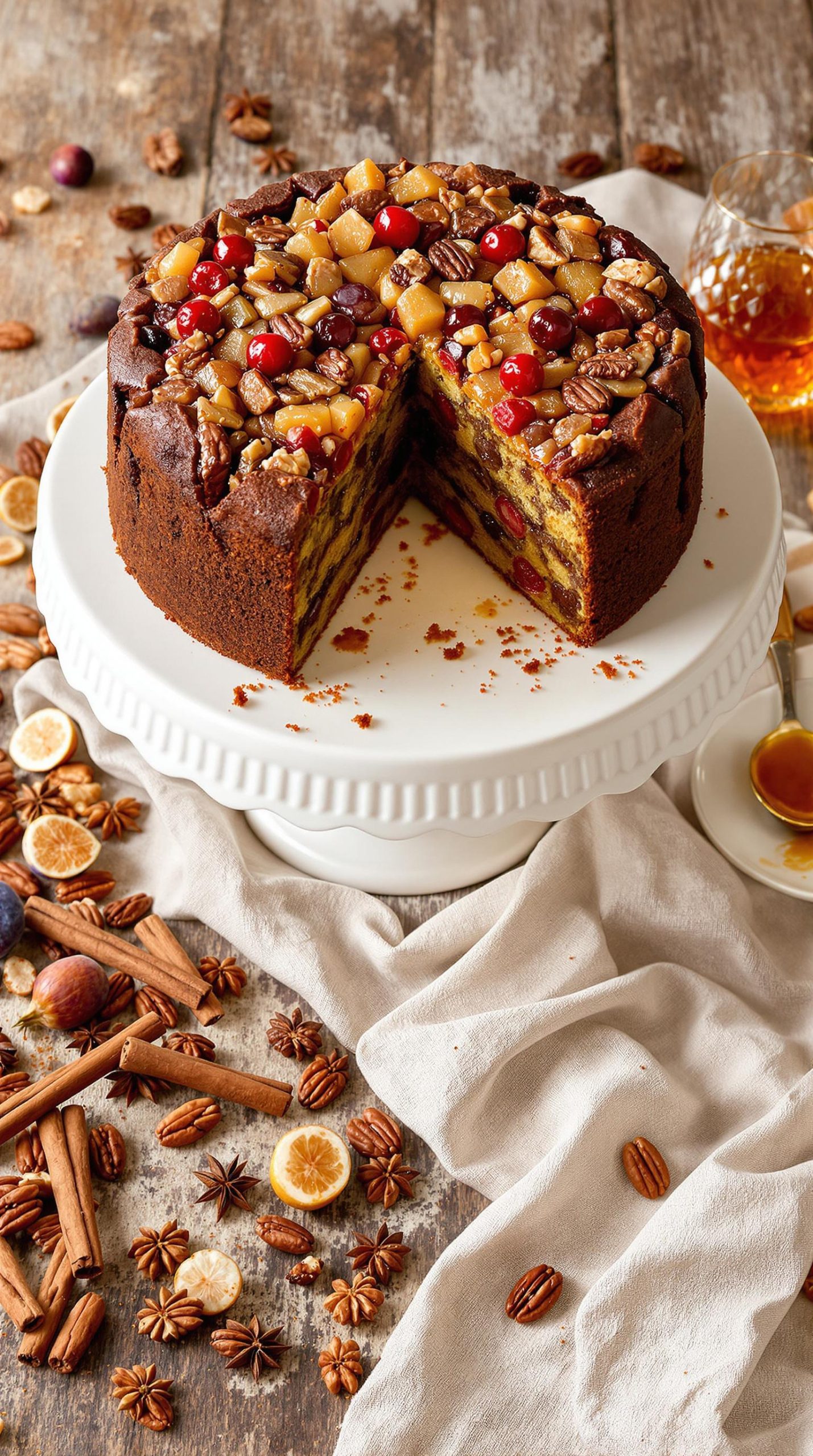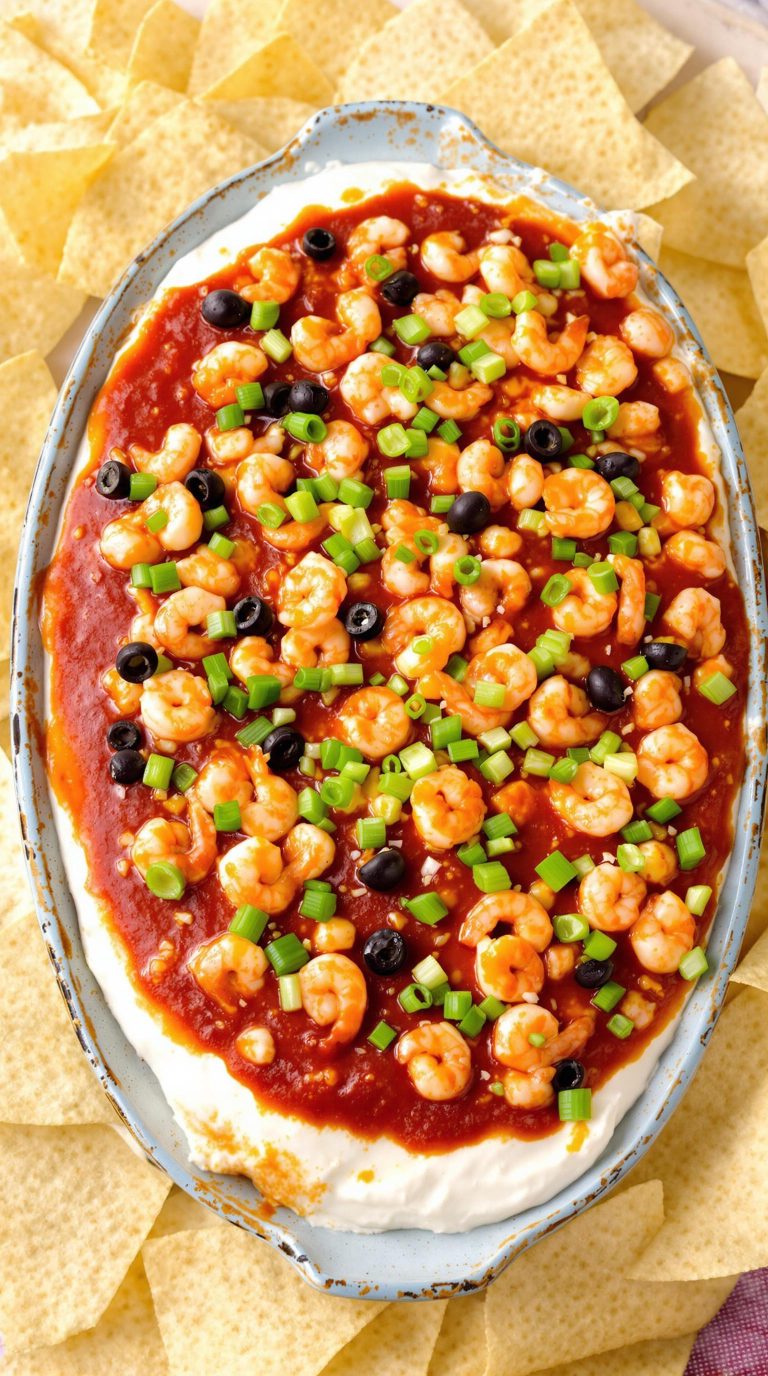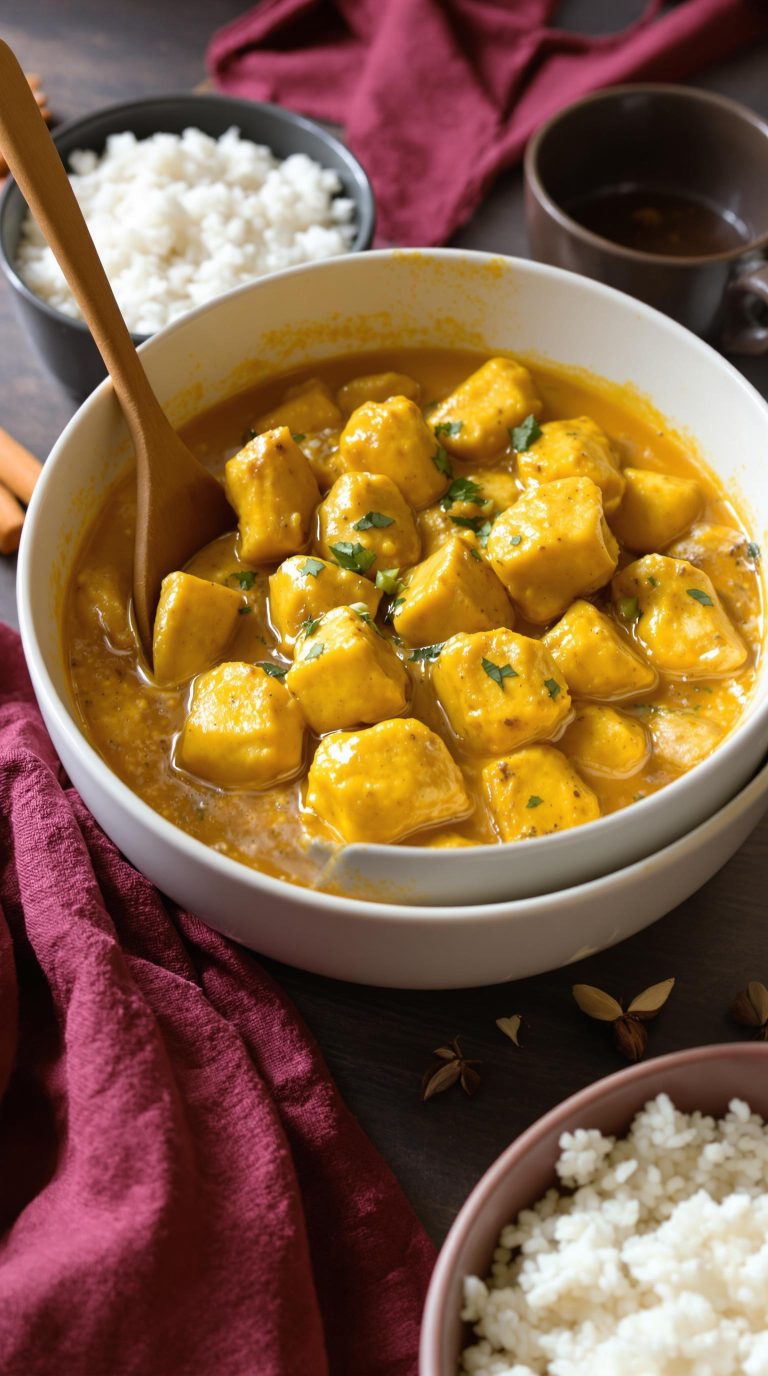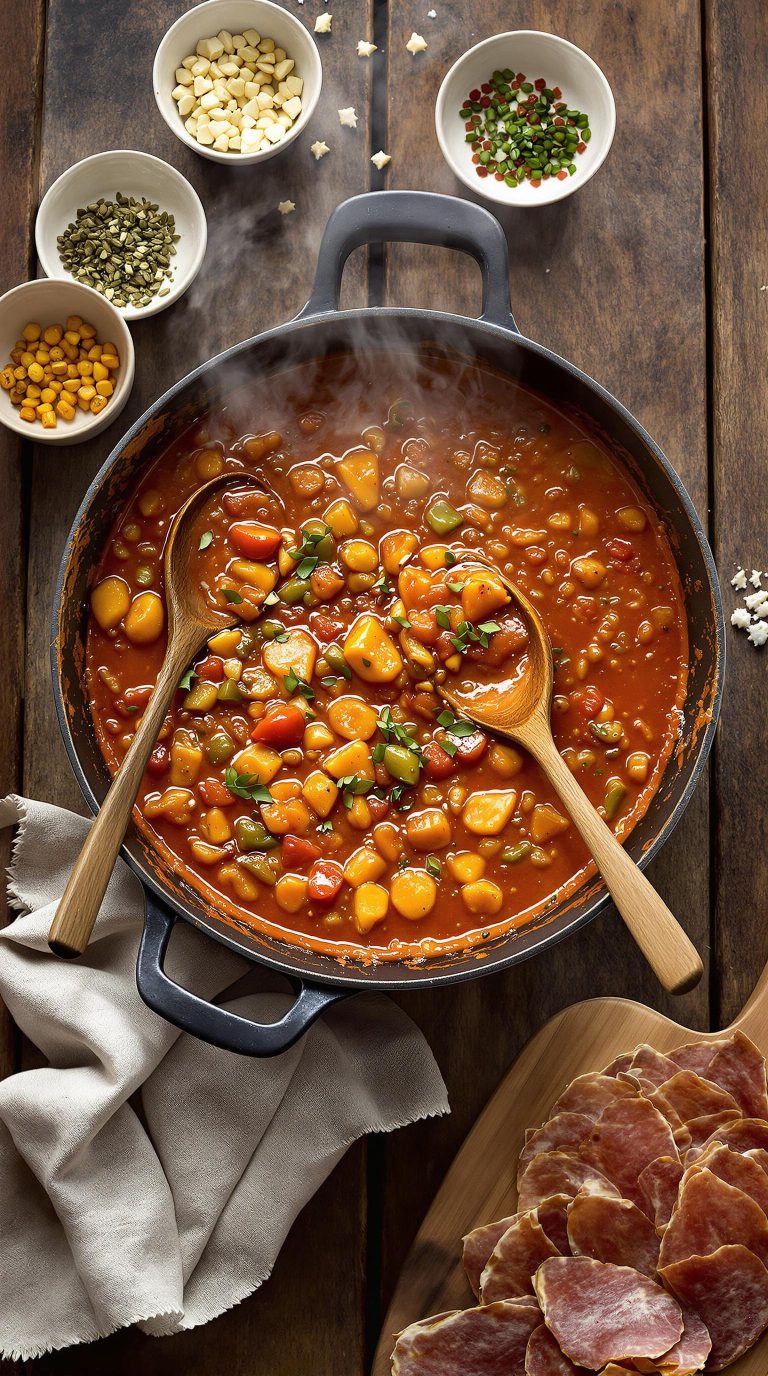Why You’ll Love this Southern Fruitcake
If you’ve been searching for the perfect holiday dessert that combines tradition with undeniable flavor, this Southern Fruitcake recipe is about to become your new favorite.
Unlike those doorstop fruitcakes you might remember, Tom Lester’s recipe balances rich molasses with premium ingredients like candied cherries, pineapple, and pecans.
What’s the secret? The patient aging process with brandy that transforms these humble ingredients into something magical.
I’m obsessed with how the spice combination—cinnamon, allspice, cloves, and nutmeg—creates that unmistakable holiday aroma.
Trust me, your kitchen will smell like Christmas morning.
What Ingredients are in Southern Fruitcake?
Southern fruitcake gets a bad reputation, but this recipe might change your mind forever. Tom Lester’s Southern Fruitcake isn’t your typical doorstop dessert—it’s a rich, flavorful holiday tradition packed with fruits, nuts, and warm spices that develop beautiful complexity as they age.
The secret lies in using premium ingredients and giving them enough time to meld together into something truly spectacular. Let’s look at everything you’ll need to create this show-stopping holiday centerpiece.
- 1 pound candied cherries
- 1 pound candied pineapple
- 1 pound citrus peel
- 1/2 pound candied orange peel
- 1 pound dried figs
- 1 pound pitted dates
- 1 pound raisins
- 1 pound currants
- 2 1/2 pounds pecans
- 1/4 pound black walnuts
- 12 eggs
- 1 pound butter or margarine, softened
- 4 cups all-purpose white flour
- 2 cups sugar
- 1 cup dark molasses (sorghum, ribbon cane, or blackstrap)
- 1/2 teaspoon baking soda, dissolved in the molasses
- 1 tablespoon ground cinnamon
- 1 teaspoon ground allspice
- 1/2 tablespoon ground cloves
- 1 tablespoon nutmeg
- 1 tablespoon vanilla extract
- Brandy or whiskey (for aging)
While the ingredient list might seem long, don’t be intimidated—each component plays an important role in developing the fruitcake’s signature flavor.
You can adjust the fruit and nut mix slightly based on your preferences, though the balance here is pretty perfect. For the molasses, I recommend using a good quality dark variety for that authentic Southern depth.
And don’t skimp on the brandy during the aging process, as it’s what transforms this from a simple cake into something truly memorable. Fresh spices will also make a noticeable difference in your final product.
How to Make this Southern Fruitcake
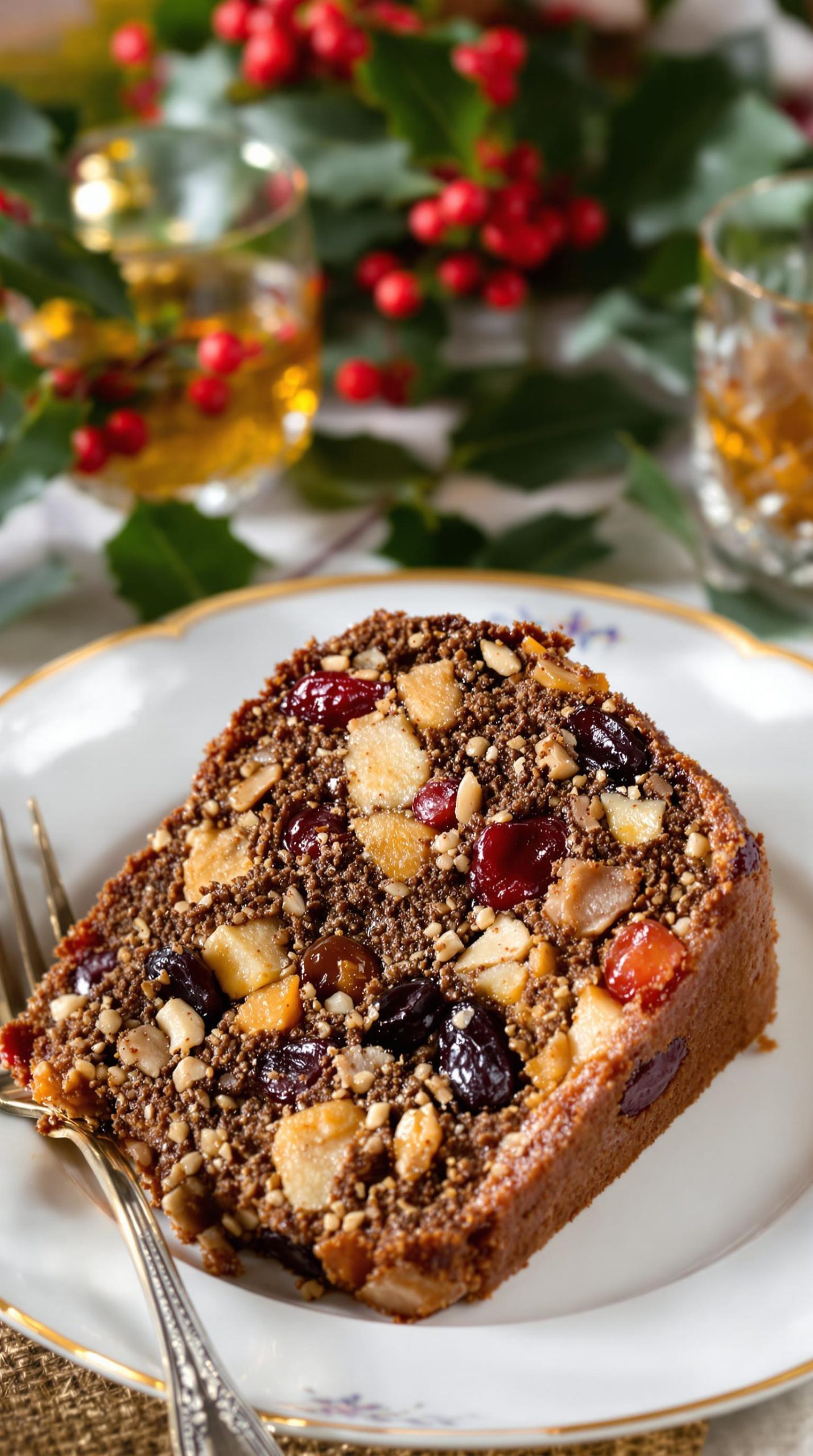
Making Tom Lester’s Southern fruitcake takes some time, but the process is straightforward and worth every minute. Begin by preheating your oven to a low 225 degrees—this gentle heat allows the cake to bake slowly and develop complex flavors without burning the fruits.
First, prepare all your fruits and nuts by chopping them to your desired size. Some folks prefer larger chunks for more texture, while others like smaller pieces that distribute more evenly. Once you’ve chopped your 1 pound of candied cherries, 1 pound of pineapple, all the citrus peels, the dried figs, dates, and the various nuts, place them in a large pan—something like a turkey roaster works perfectly for handling this substantial amount of ingredients.
While your fruits are waiting, prepare 8 foil loaf pans by coating them with butter or vegetable oil spray, then line each with well-buttered parchment or foil. This double protection guarantees your cakes will release easily after baking.
Now comes the mixing, which requires a heavy-duty mixer. Beat 12 eggs in a large bowl and set them aside. In your mixer, cream 1 pound of softened butter, then toss your fruit and nut mixture with just enough of the 4 cups of flour to coat each piece lightly—this prevents everything from sinking to the bottom during baking. Using a high-quality Italian stand mixer will make this process much easier, especially when dealing with such a heavy batter.
To your creamed butter, add the beaten eggs, 2 cups of sugar, 1 cup of molasses with the dissolved baking soda, all your spices (the cinnamon, allspice, cloves, and nutmeg), vanilla, remaining flour, and about 2/3 cup of brandy. Let your mixer do the hard work of combining these ingredients.
The final assembly feels almost like making bread. Create a depression in the middle of your fruit-nut mixture, pour in your batter, then mix and knead it all together until well combined. Pack this dense mixture into your prepared pans and place them in the oven with a shallow pan of water positioned below—this creates humidity that helps the cakes bake evenly.
The cakes need 3 to 4 hours to bake completely. After about 1½ hours, start watching carefully; if the edges begin to crisp before the top develops numerous small cracks, reduce the heat and replace the water pan with fresh cool water. You’ll know they’re done when little cracks appear across the top. For perfect results, use a premium meat thermometer to ensure the internal temperature reaches 170 degrees Fahrenheit.
Once cooled and removed from their pans, dab brandy liberally over each cake, then wrap them individually in wax paper followed by aluminum foil and newspaper. Allow them to age in a cool place for at least a month, during which time the alcohol evaporates leaving behind incredible flavor and aroma. Who knew patience could be so delicious?
Southern Fruitcake Substitutions and Variations
While traditional Southern fruitcakes follow time-honored recipes passed down through generations, there’s plenty of room to make this classic dessert your own with creative substitutions and regional variations.
Don’t have molasses? Dark corn syrup works in a pinch. Prefer a different booze? Swap the brandy for bourbon, rum, or even sherry for a unique flavor profile.
Nut allergies? Seeds like pumpkin or sunflower can provide that essential crunch. Some bakers replace citron with more cherries, or add dried cranberries for a tart twist.
The beauty of fruitcake? It’s incredibly forgiving, practically begging for your personal touch.
What to Serve with Southern Fruitcake
When you’ve spent hours crafting the perfect Southern fruitcake, you’ll want accompaniments that complement its rich, complex flavors rather than competing with them.
I recommend serving thin slices with a steaming cup of hot tea or coffee—the bitterness creates a delightful contrast with the cake’s sweetness. For something more indulgent, try a small glass of brandy or bourbon, nodding to the spirits used in aging.
Vanilla ice cream melting slowly against a warmed slice? Heavenly.
Or keep it simple with a dollop of fresh whipped cream and maybe a sprinkle of cinnamon.
The versatility of fruitcake might surprise you!
Final Thoughts
After years of sharing my family’s treasured Southern fruitcake recipe, I’ve come to appreciate how this holiday tradition connects generations through flavor.
Tom Lester’s rich blend of fruits, nuts, and spices creates something magical that improves with time—just like our cherished memories.
Whether you’re a fruitcake skeptic or devotee, this recipe might just change your perspective.
The secret? Quality ingredients, patience, and that touch of brandy that transforms these dense loaves into something extraordinary.
Like preparing a great French toast breakfast, the joy comes from both the simple process and delicious results.
Much like how red potatoes transform into golden perfection when properly seasoned and baked, this fruitcake develops its distinctive character through careful preparation.
